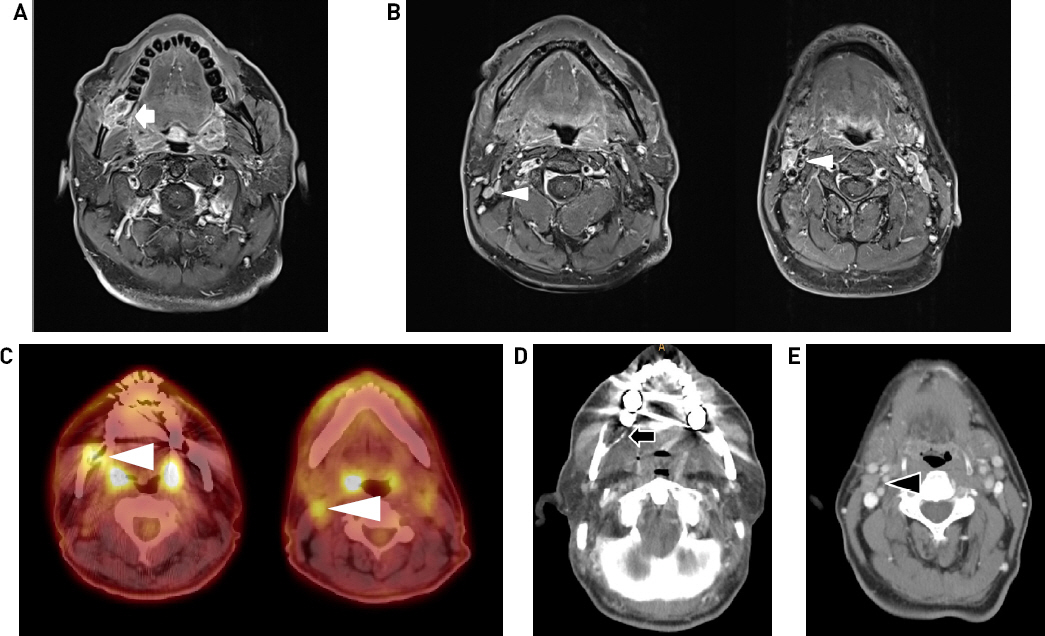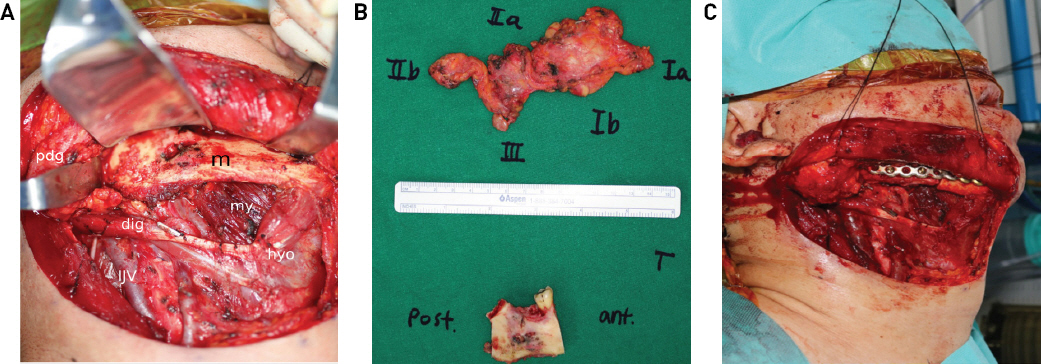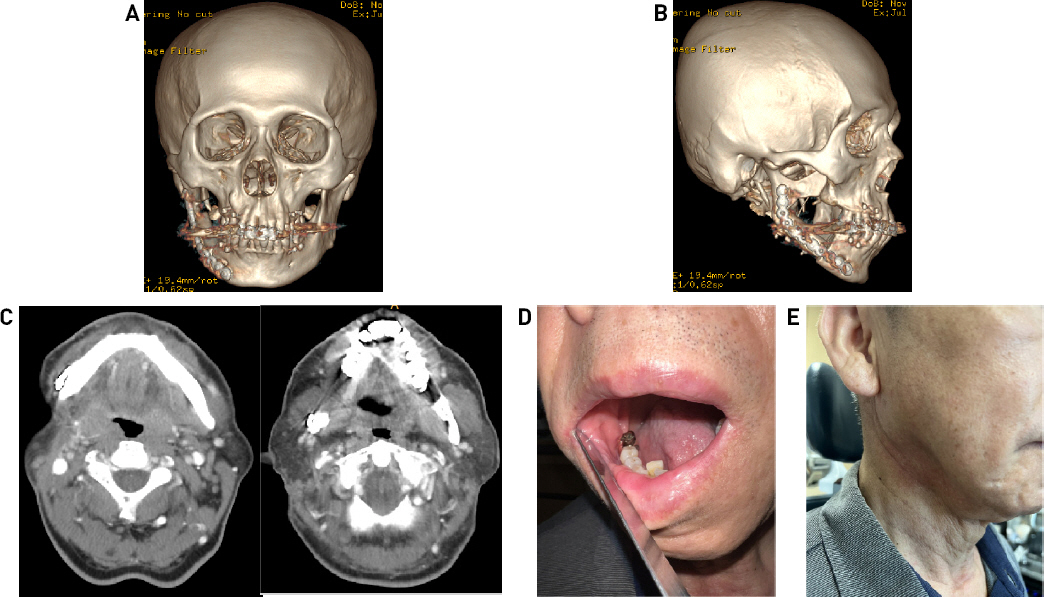1) Chirapathomsakul D, Sastravaha P, Jansisyanont P. A review of odontogenic keratocysts and the behavior of recurrences. Oral Surg Oral Med Oral Pathol Oral Radiol Endod. 2006;101:5-9.


2) Lee JM, Park JH, Kim KC, Choi SC. Odontogenic keratocyst of a female child, a case report. J Korean Acad Pediatr Dent. 2008;35:731-736.
3) Tamgadge S, Tamgadge A, Modak N, Bhalerao S. Primary intraosseous squamous cell carcinoma arising from an odontogenic keratocyst:A case report and literature review. Ecancermedicalscience. 2013;7:316.


4) Woolgar JA, Triantafyllou A, Ferlito A, Devaney KO, Lewis JS Jr, Rinaldo A, et al. Intraosseous carcinoma of the jaws--a clinicopathologic review. Part I:Metastatic and salivary-type carcinomas. Head Neck. 2013;35:895-901.


5) Woolgar JA, Triantafyllou A, Ferlito A, Devaney KO, Lewis JS Jr, Rinaldo A, et al. Intraosseous carcinoma of the jaws:A clinicopathologic review. Part III:Primary intraosseous squamous cell carcinoma. Head Neck. 2013;35:906-909.


6) Bataineh AB, al Qudah M. Treatment of mandibular odontogenic keratocysts. Oral Surg Oral Med Oral Pathol Oral Radiol Endod. 1998;86:42-47.


7) Payne TF. An analysis of the clinical and histopathologic parameters of the odontogenic keratocyst. Oral Surg Oral Med Oral Pathol. 1972;33:538-546.


8) Kinard B, Hansen G, Newman M, Dennis P, Haeffs T, Perez S, et al. How well do we manage the odontogenic keratocyst?A multicenter study. Oral Surg Oral Med Oral Pathol Oral Radiol. 2019;127:282-288.


9) van der Wal KG, de Visscher JG, Eggink HF. Squamous cell carcinoma arising in a residual cyst. A case report. Int J Oral Maxillofac Surg. 1993;22:350-352.

10) Gardner AF. The odontogenic cyst as a potential carcinoma:A clinicopathologic appraisal. J Am Dent Assoc. 1969;78:746-755.


11) Yu J-J, Hwang E-H, Lee S-R, Choi J-H. Squamous cell carcinoma arising in an odontogenic cyst. Imaging Sci Dent. 2003;33:235-238.
12) Ye P, Wei T, Gao Y, Zhang W, Peng X. Primary intraosseous squamous cell carcinoma arising from an odontogenic keratocyst:case series and literature review. Med Oral Patol Oral Cir Bucal. 2021;26:e49-e55.


14) Chen P, Liu B, Wei B, Yu S. The clinicopathological features and treatments of odontogenic keratocysts. Am J Cancer Res. 2022;12:3479-3485.


15) Elzay RP. Primary intraosseous carcinoma of the jaws. Review and update of odontogenic carcinomas. Oral Surg Oral Med Oral Pathol. 1982;54:299-303.














